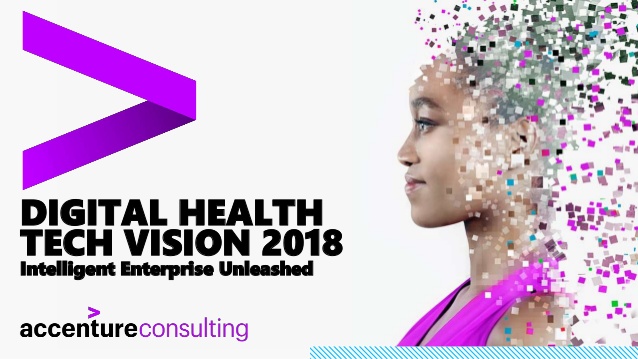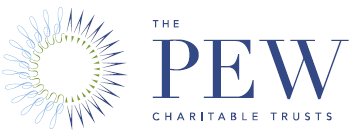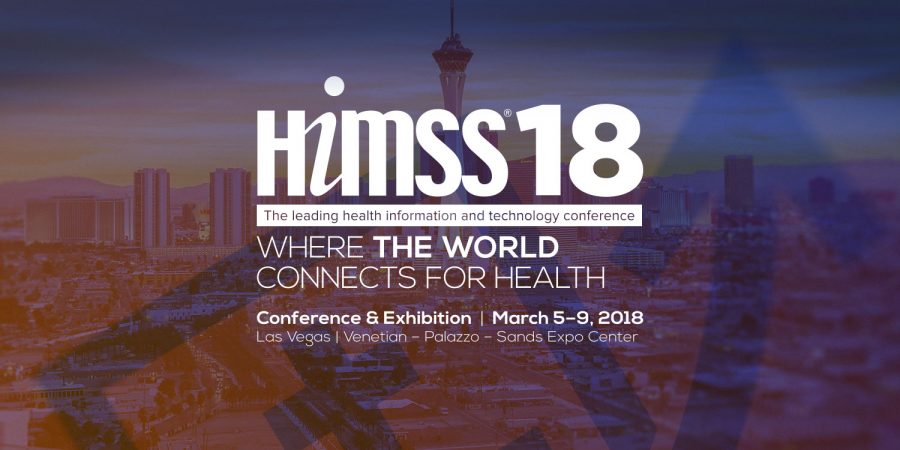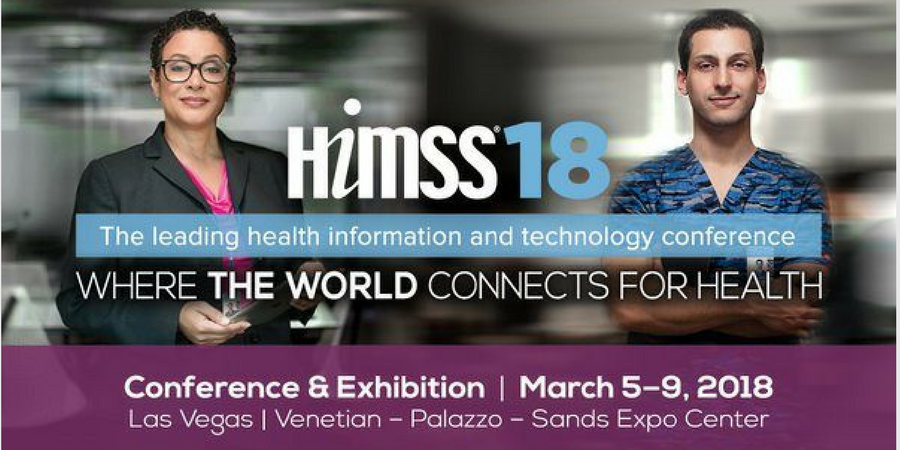Demos platform that connects physicians, care providers and patients in one place using encryption-based blockchain technology
[ATLANTA – February 24, 2018 ]
IMSS18, Booth #9900-55, #11955 – Blockchain healthcare company, Patientory, is exhibiting at HIMSS18 and is offering demos of its platform that centralizes medical records for doctors, care providers, and consumers. Patientory is one of two blockchain companies participating in the HIMSS Interoperability Showcase™ – a premier 30,000-square-foot exhibition that demonstrates the interoperability imperative for connecting health and care, March 5-9 in Las Vegas.
Currently, patients do not have an efficient way of accessing all of their health information, but Patientory is changing this by revolutionizing the way doctors and patients interact and gain access to medical records, cutting out all the layers and processes that currently act as stumbling blocks in healthcare coordination. Using blockchain technology, Patientory stores medical information on a secure, blockchain platform that allows doctors, care providers, and consumers to be a unified care team and empowers consumers to take control of their health. Patientory’s employment of blockchain technology helps the healthcare ecosystem mitigate damaging data breaches so you don’t have to worry about patient confidentiality.
“We are thrilled to participate in HIMSS, to demo Patientory Core: Part 1 and continue our global mission to transform healthcare and provide a solution that supports better healthcare outcomes through improved data access and management,” Said Patientory CEO and Founder Chrissa McFarlane. “We invite you to visit our booth and see live demos of the mobile app and how the medical information will be presented to healthcare providers and consumers.”
The HIMSS Annual Conference & Exhibition brings together 45,000+ health IT professionals, clinicians, executives and vendors from around the world. Exceptional education, excellent speakers, cutting-edge health IT products and powerful networking are hallmarks of this industry-leading conference.
To learn more about Patientory, please visit www.patientory.com. For additional information about HIMSS or the HIMSS Interoperability Showcase™, please visit www.himssconference.org or HIMSS Interoperability Showcase.
———
For more information, please contact:
678.951.9007
info@patientory.com
About Patientory
Patientory is empowering people to take charge of their health. Patientory connects doctors, care providers, and consumers all within a single, secure platform – creating a care team that works together to provide the best care. We’re revolutionizing the way doctors, and patients interact and gain access to information, cutting out all layers and processes that currently are stumbling blocks in care coordination.
About HIMSS
HIMSS is a global voice, advisor and thought leader of health transformation through health information and technology with a unique breadth and depth of expertise and capabilities to improve the quality, safety and efficiency of health, healthcare and care outcomes. HIMSS designs and leverages key data assets, predictive models and tools to advise global leaders, stakeholders and influencers of best practices in health IT so they have the right information at the point of decision.
HIMSS drives innovative, forward thinking around best uses of technology in support of better connected care, improved population health and low cost of care. HIMSS is a not-for-profit, headquartered in Chicago, Illinois, with additional offices in North America, Europe, the United Kingdom and Asia.











